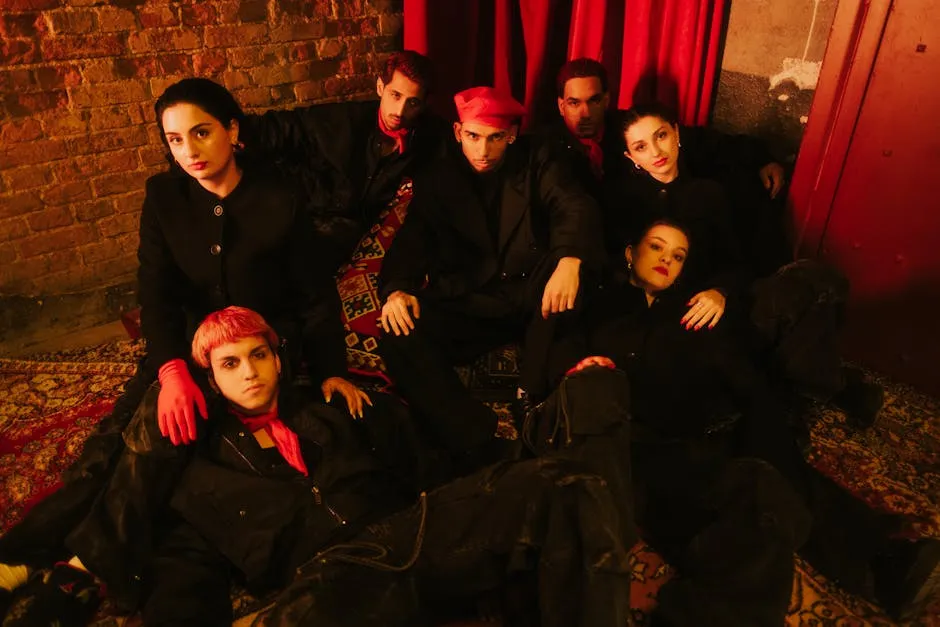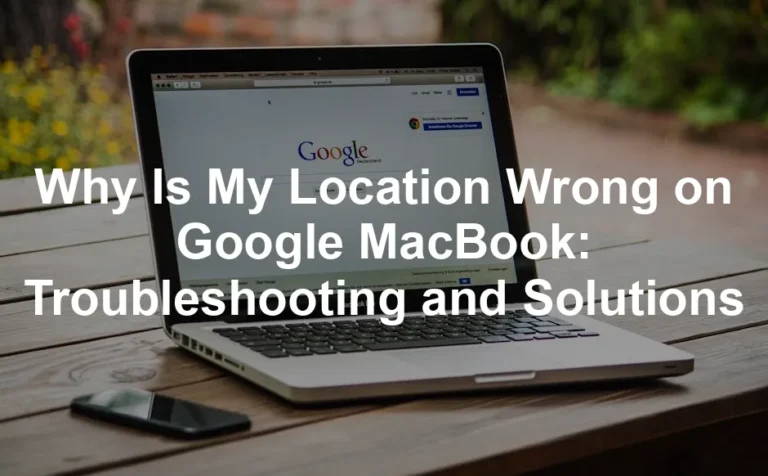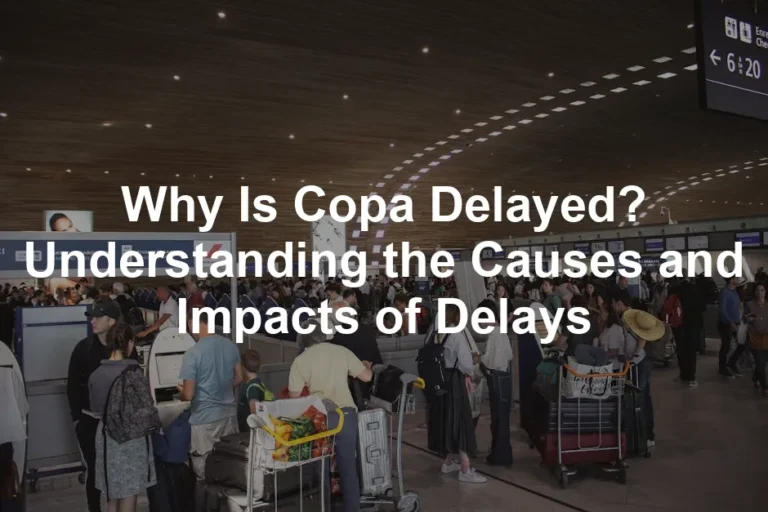
Why Does Harassment Happen So Often in NYC?
Introduction
Harassment is alarmingly common in New York City. Urban life transforms social interactions, often intensifying negative behaviors. This article aims to examine the reasons behind the high frequency of harassment incidents in this bustling city.
In our journey to understand the psychology of fear and safety, consider reading “The Gift of Fear: Survival Signals That Protect Us from Violence” by Gavin de Becker. This book provides critical insights into recognizing and responding to dangerous situations, helping empower you to navigate urban environments with confidence.
Summary and Overview
Harassment in NYC manifests in various forms, including street harassment and workplace harassment. Recent statistics reveal that nearly 70% of women experience street harassment by age 41. Additionally, workplace environments can be rife with unwelcome advances and inappropriate comments.

The city’s unique cultural dynamics play a significant role in these incidents. With over eight million residents, the pace of life can foster anonymity, leading to irresponsible behavior. Cultural diversity sometimes results in misunderstandings about what constitutes harassment, compounding the issue.
Understanding harassment is crucial for creating safer environments. By acknowledging these factors, we can work towards reducing incidents and fostering respect in public and professional spaces. To further explore the impact of societal issues on individual experiences, consider reading “Not That Bad: Dispatches from Rape Culture” edited by Roxane Gay. It offers powerful narratives that underscore the urgency of addressing these pervasive issues.
The Nature of Harassment in NYC
Definition of Harassment
Harassment refers to repeated, unwanted behavior that annoys or intimidates someone. It can take various forms. Verbal harassment includes offensive remarks or threats. Physical harassment involves unwanted touching or aggressive actions. Sexual harassment encompasses unwelcome advances or comments of a sexual nature.
In New York City, harassment is defined legally under the New York City Human Rights Law. This law protects individuals from discrimination based on several factors, including gender and sexual orientation. It establishes that any conduct creating a hostile environment qualifies as harassment, regardless of how severe or frequent it may be. Even minor comments can contribute to a hostile atmosphere, making it vital for everyone to understand their rights.
Statistics and Prevalence
Harassment is a significant issue in NYC, affecting many residents. Recent studies reveal that nearly 70% of women experience street harassment by age 41. This statistic highlights the alarming prevalence of unwanted behaviors in public spaces.

Demographic breakdowns show that younger women, particularly those aged 18 to 24, report higher rates of harassment. Additionally, individuals from diverse racial and ethnic backgrounds may experience harassment differently, with women of color often facing compounded challenges.
In workplace settings, approximately 21.9% of employees have reported experiencing sexual harassment, significantly affecting their careers and mental health. To equip yourself with the knowledge to combat these issues, you might want to check out “Men Explain Things to Me” by Rebecca Solnit. This insightful book challenges the gender dynamics at play in various interactions and can be a valuable resource in understanding the complexities of communication.
Factors Contributing to Harassment in NYC
Urban Environment
New York City’s fast-paced lifestyle significantly influences behavior. People often rush to their destinations, leading to a lack of awareness of their surroundings. This hurried pace can result in insensitivity towards others.

Moreover, anonymity plays a crucial role in city living. In a crowd of millions, individuals may feel less accountable for their actions. They might believe that their behavior goes unnoticed or unjudged. This sense of detachment can diminish social responsibility, allowing harassment to thrive.
When people feel invisible, they may act in ways they wouldn’t in smaller, close-knit communities. The urban environment, while vibrant, can foster an atmosphere where inappropriate behavior becomes normalized. For added safety while navigating the city, consider carrying a Personal Safety Alarm. It’s a small but mighty device that can help you feel more secure when you’re out and about.
Cultural Norms and Attitudes
Attitudes toward women and gender roles are deeply ingrained in society. In many cultures, traditional views can influence how harassment is perceived and tolerated. Some individuals may not recognize their behavior as harmful, believing it to be harmless flirting.

Additionally, NYC’s cultural diversity can complicate perceptions of harassment. What seems acceptable in one culture may be viewed as offensive in another. This disconnect can lead to misunderstandings, making it difficult to address harassment effectively.
As different groups interact, conflicting norms about gender and respect can emerge. This can create environments where harassment is overlooked or minimized, perpetuating the cycle of unacceptable behavior. To understand these dynamics better, I recommend “The New Jim Crow: Mass Incarceration in the Age of Colorblindness” by Michelle Alexander. This book dives into systemic issues that often underlie personal interactions.
Influence of Media and Technology
Media plays a significant role in shaping public perceptions of harassment. Often, portrayals of women can reinforce harmful stereotypes. This portrayal can make harassment seem trivial or even normal.

Technology has also transformed the landscape of harassment. With social media and smartphones, unwanted interactions can occur anytime, anywhere. Online platforms can enable harassment to spread rapidly and anonymously.
Moreover, the blurred lines between private and public spaces can lead to confusion about acceptable behavior. As a result, more individuals may experience harassment in both online and offline environments. Understanding the impact of media and technology is essential for addressing this pervasive issue. To stay connected and reduce distractions, consider investing in Noise-Canceling Headphones. They can help you focus and create a personal bubble amidst the chaos of the city.
Specific Contexts of Harassment
Street Harassment
Street harassment in NYC is all too common. Women often face unwanted comments, catcalling, or even aggressive approaches while simply walking down the street. These incidents can happen multiple times a day, creating a pervasive sense of anxiety.

Victims often feel powerless, especially when their experiences are dismissed. The psychological impact can be profound, leading to feelings of fear, shame, and isolation. Many women report changing their routes or avoiding certain areas altogether. These adjustments reflect a real consequence of street harassment, affecting daily life and personal freedom. For added security, consider incorporating Self-Defense Keychains into your daily carry. They provide peace of mind without being overly conspicuous.
Workplace Harassment
Sexual harassment in workplaces across NYC is alarmingly prevalent. A significant percentage of employees report experiencing unwelcome advances or inappropriate comments at work. This issue is not confined to any specific industry; it spans from corporate offices to retail environments.

Reporting workplace harassment presents unique challenges. Many victims fear retaliation, such as job loss or negative performance reviews. This fear can silence them, making it difficult to address the issue effectively. Additionally, workplace cultures may prioritize productivity over employee well-being, further complicating the reporting process. To educate yourself and others on creating healthier workplace dynamics, consider reading “So You’ve Been Publicly Shamed” by Jon Ronson. It sheds light on the complexities of public perception and accountability.
Harassment in Public Transport
Public transport in NYC is a hotspot for harassment incidents. Many riders experience verbal comments or unwanted touching during their commutes. Statistics reveal that a substantial number of transit workers also face harassment on the job.

A recent study found that nearly 90% of public-facing transit workers reported harassment or violence. This includes verbal assaults, physical confrontations, and even sexual harassment. Such high rates of victimization highlight the urgent need for improved safety measures and support for those who serve the city daily. To help ensure your safety while commuting, consider wearing a Reflective Safety Vest. It increases visibility and can serve as a deterrent to unwanted attention.
Responses and Solutions
Legal Framework
New York City has strong laws against harassment and discrimination. The New York City Human Rights Law protects individuals from harassment based on gender, race, and other characteristics. This law defines harassment broadly, encompassing any behavior that creates a hostile environment.

Despite these robust laws, challenges remain. Many victims fear reporting due to potential retaliation. Additionally, awareness of these laws is often limited, which hampers their effectiveness. Continuous training and outreach can help ensure that everyone understands their rights and the resources available to them.
Community Initiatives
Community-based programs play a vital role in addressing harassment. Initiatives like workshops and awareness campaigns aim to educate the public. These programs encourage open discussions around consent and respect.

Bystanders also have a crucial role in prevention. When individuals witness harassment and intervene, they can change the dynamic. Encouraging bystander intervention fosters a sense of community responsibility. This collective action can make public spaces safer for everyone. To promote safety and awareness, consider distributing Anti-Harassment Stickers in your community. They can raise awareness and encourage conversations about respect and consent.
Importance of Education and Awareness
Educational programs focusing on harassment and consent are essential. Teaching individuals about acceptable behavior can shift societal attitudes over time. Schools and workplaces must prioritize these discussions to create a culture of respect.

Awareness campaigns can further amplify this message. By sharing real stories and statistics, we can highlight the impacts of harassment. Engaging in these conversations encourages a community that stands against harassment and supports victims. For those seeking personal growth and reflection, consider keeping a Journal for Reflection. Writing can be a therapeutic way to process your thoughts and feelings about these issues.
Conclusion
Harassment in New York City is a complex issue requiring collective action. Understanding the legal framework, community initiatives, and the importance of education is crucial. Everyone has a role to play in creating safer environments.
Let’s engage in conversations about harassment and support victims. Change begins with each of us. And if you’re looking for a cozy way to unwind after a long day of tackling these heavy topics, cuddle up with a Cozy Blanket. It’s the perfect companion for a night of reading or reflection!
Understanding why harassment happens so often in NYC is essential for addressing the issue effectively. why does harassment happen so often in nyc
Please let us know what you think about our content by leaving a comment down below!
Thank you for reading till here 🙂
All images from Pexels




